If you need a sweet paprika substitute right now, here's what to use: bell pepper powder (1:1 ratio) for color and mild flavor, or mix regular paprika with a pinch of sugar (3:1 ratio) to counteract heat. These quick fixes work for most recipes without changing flavor significantly. Read on for specific substitutions based on what you're cooking and what's in your pantry.
This guide gives home cooks practical solutions for when sweet paprika runs out. We've tested each substitute in real recipes to show exactly what works (and what to avoid) for your specific dish.
Best Sweet Paprika Substitutes for Common Recipes
Most home cooks need simple solutions, not chemistry lessons. Here are the top 3 practical substitutes for everyday cooking:
1. Bell Pepper Powder (Best All-Around Substitute)
Use 1:1 ratio in soups, stews, and sauces. Bell pepper powder matches sweet paprika's color perfectly and provides similar mild flavor without heat. Pro tip: For better results, bloom 1 tablespoon in 2 teaspoons of oil before adding to dishes.

2. Regular Paprika + Sugar (Pantry Staple Solution)
Mix 3 parts regular paprika with 1 part sugar to neutralize heat while maintaining color. This works especially well in:
- Chili (use 25% less than original paprika amount)
- Deviled eggs (maintains perfect color)
- Meat rubs (sugar enhances browning)
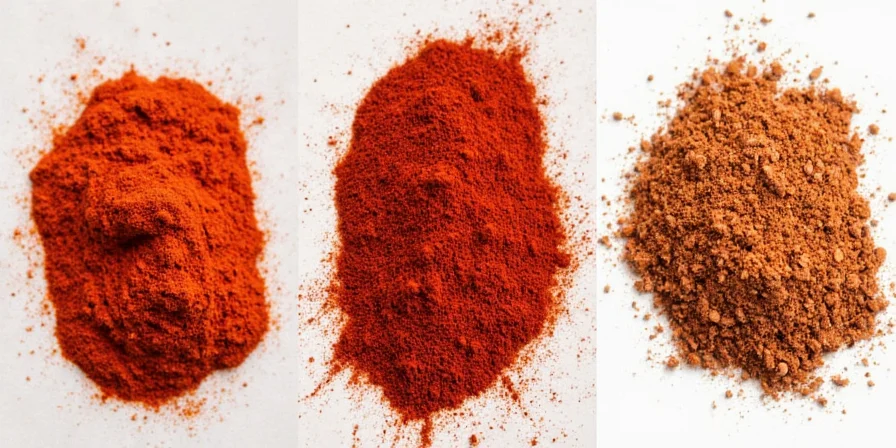
3. Mild Smoked Paprika (For Hearty Dishes)
Use 25% less than sweet paprika in grilled meats, roasts, and paella. The subtle smokiness enhances savory dishes but avoid in light sauces or mayonnaise-based recipes where smoke flavor becomes overpowering.

| Substitute | Best For | Ratio | Avoid In |
|---|---|---|---|
| Bell Pepper Powder | Stews, soups, sauces | 1:1 | High-heat grilling |
| Regular Paprika + Sugar | Chili, deviled eggs, rubs | 3:1 (paprika:sugar) | Tomato-based dishes |
| Mild Smoked Paprika | Grilled meats, roasts | 3:4 (reduce by 25%) | Mayonnaise-based sauces |
| Tomato Powder | Tomato sauces, soups | 1:2 (tomato powder:paprika) | Cold dishes |
| Caraway + Salt | Rubs, breads, dips | 1/4 tsp caraway + 1/2 tsp salt per Tbsp | Mexican or Asian dishes |
What NOT to Do When Substituting Sweet Paprika
Avoid these common mistakes that ruin recipes:
- Using cayenne as substitute - Even small amounts add significant heat that changes dish character
- Substituting hot paprika 1:1 - Causes unexpected spiciness in mild dishes
- Using regular paprika without adjustment - Most regular paprika contains hot pepper varieties
- Adding extra liquid - Paprika substitutes shouldn't require changing recipe liquid ratios
Best Substitutes by Recipe Type
Use these specific recommendations based on what you're cooking:
For Chili and Stews
Mix 3 parts regular paprika with 1 part sugar and 1/8 teaspoon baking soda. The baking soda neutralizes acidity that would otherwise make the dish taste bitter. Use 25% less than original paprika amount.
For Deviled Eggs and Mayonnaise-Based Dishes
Bell pepper powder works best (1:1 ratio). For perfect color, mix 1 tablespoon powder with 1 teaspoon oil before adding to mayonnaise. Avoid smoked paprika as smoke flavor becomes unpleasant when cold.
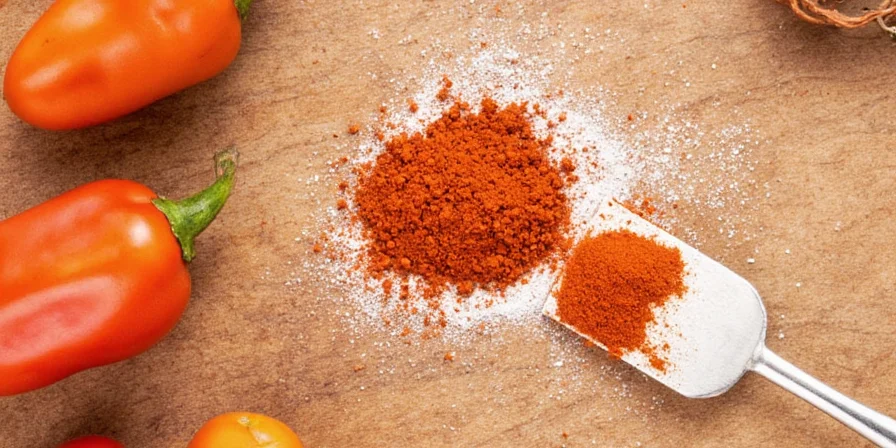
For Grilled Meats and Roasts
Use mild smoked paprika at 75% of original amount. The smoking process enhances flavor during high-heat cooking. For best results, apply substitute rub 2 hours before cooking to allow flavor absorption.
For Tomato-Based Sauces
Tomato powder works surprisingly well at half the amount of sweet paprika. The natural glutamates enhance umami while maintaining color. Add 1/4 teaspoon sugar to balance increased acidity.
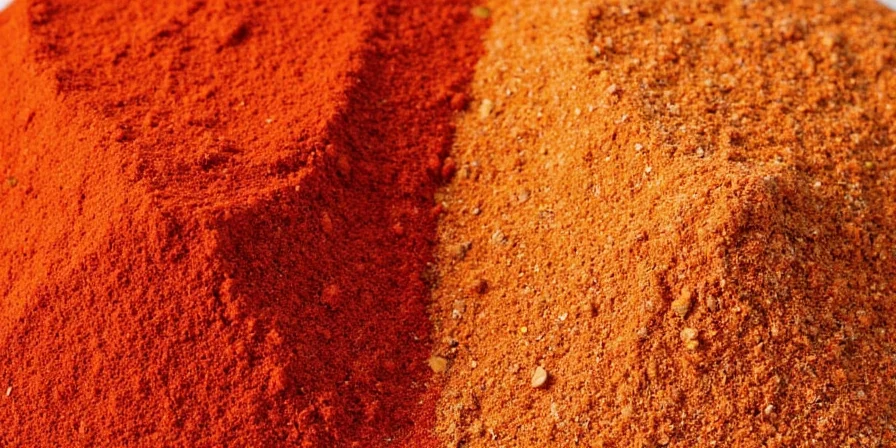
Preventing Future Shortages
Avoid running out with these simple storage solutions:
- Store spices in airtight containers away from stove heat
- Keep spices in a dark cabinet (light degrades color in 6 months)
- Label containers with purchase dates (ground spices last 6-12 months)
- Buy smaller quantities more frequently for peak freshness
- Store paprika in refrigerator during summer months

Frequently Asked Questions
Can I substitute regular paprika for sweet paprika without changing my dish?
Yes, but with adjustments. Mix 3 parts regular paprika with 1 part sugar and reduce total amount by 25%. This counteracts the slight heat in regular paprika while maintaining color. Works best in chili, stews, and meat rubs but avoid in mayonnaise-based recipes.
What's the best substitute for sweet paprika in deviled eggs?
Bell pepper powder is ideal (use 1:1 ratio). For best results, mix 1 tablespoon powder with 1 teaspoon neutral oil before adding to egg yolks. This creates perfect color without altering flavor. Avoid smoked paprika as the smoke flavor becomes unpleasant when cold.
Can I use chili powder instead of sweet paprika?
Only if you adjust for heat. Most chili powder contains cumin and garlic that change flavor profile. Use half the amount of chili powder and add 1/4 teaspoon sugar per tablespoon to balance heat. Best for chili recipes but not recommended for dishes where paprika's mild sweetness is essential.
How do I make my own sweet paprika substitute?
Blend 2 tablespoons bell pepper powder with 1 teaspoon garlic powder and 1/2 teaspoon sugar. Store in airtight container for up to 3 months. For smoked flavor, add 1/4 teaspoon smoked salt. This homemade mix works well in most recipes at a 1:1 substitution ratio.
Why did my substitute make my dish bitter?
Bitterness usually comes from using hot paprika without adjustment or burning the substitute during blooming. Always use less than the original paprika amount (25-30% reduction), and bloom spices in oil below 325°F. If dish is already bitter, add 1/4 teaspoon sugar and a splash of acid (lemon juice or vinegar) to balance flavors.
When you run out of sweet paprika, the right substitute depends on your specific recipe and what's in your pantry. Bell pepper powder works best for color-matching in most dishes, while the paprika-sugar blend solves the problem for most home cooks with basic pantry items. Remember to adjust quantities based on cooking method—less for high-heat applications, full amount for cold dishes. With these practical solutions, you'll never have to abandon a recipe again when sweet paprika runs out.
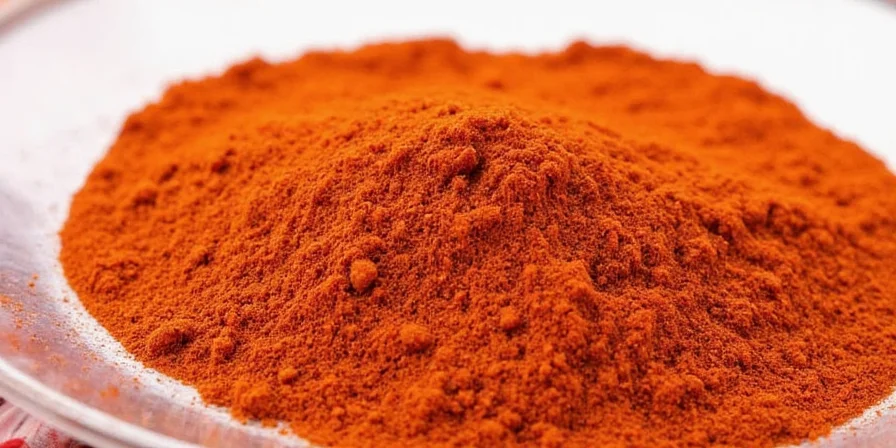

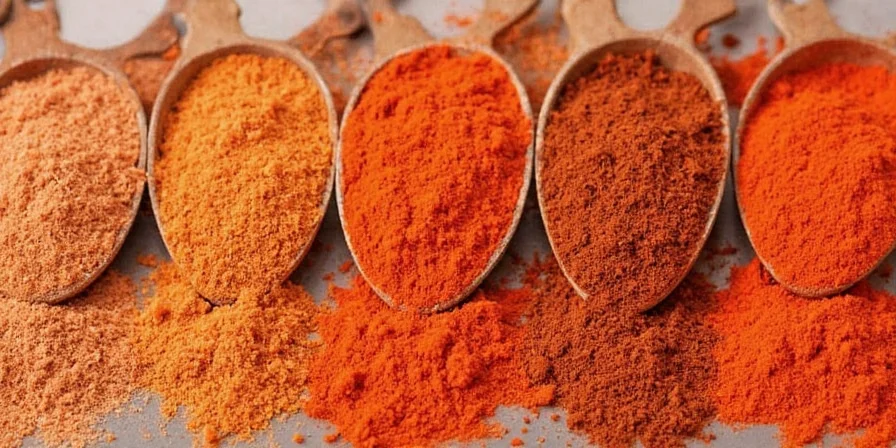









 浙公网安备
33010002000092号
浙公网安备
33010002000092号 浙B2-20120091-4
浙B2-20120091-4